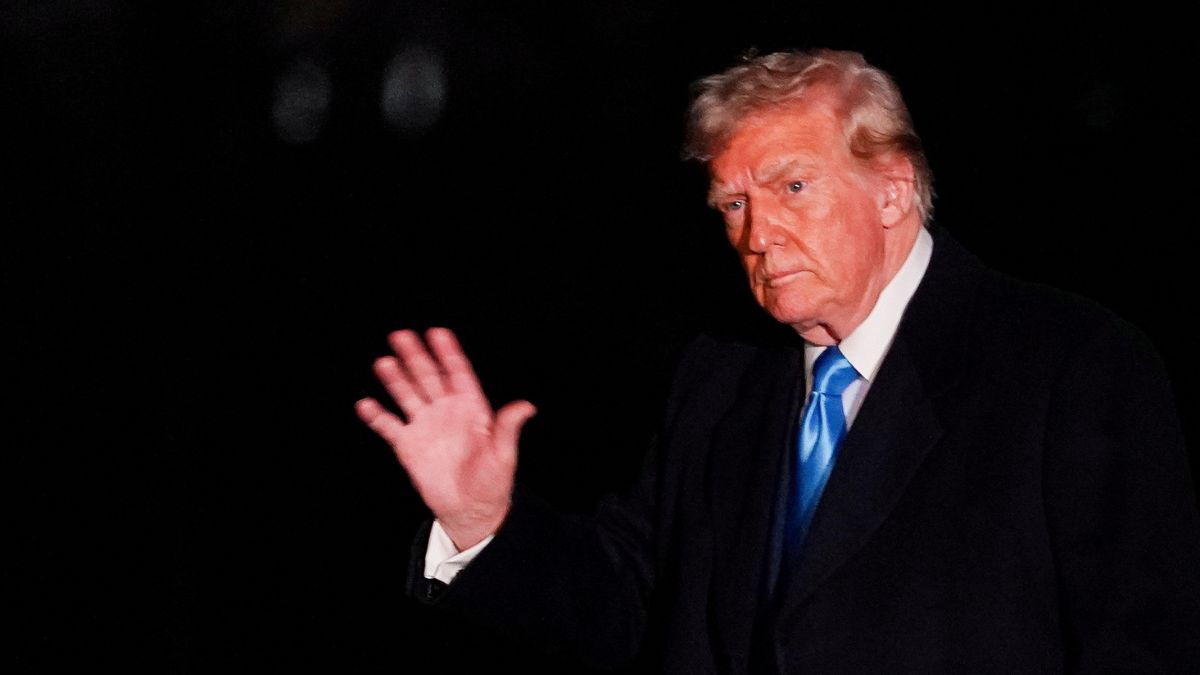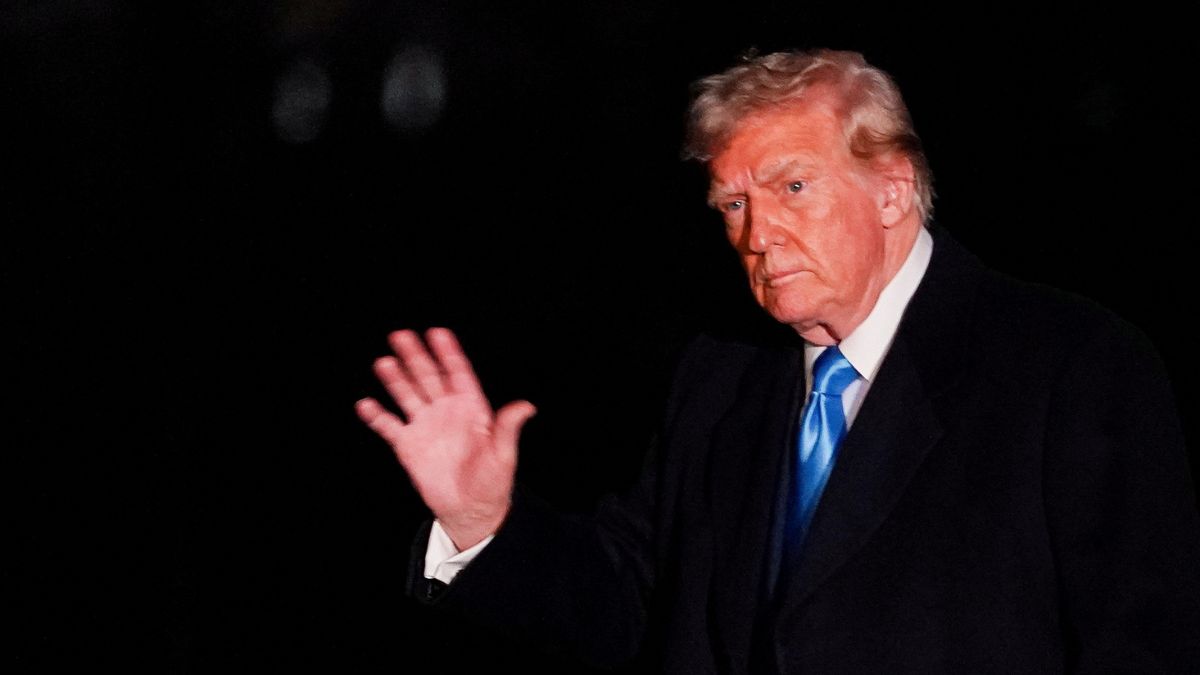The Aam Aadmi Party’s disastrous loss in Delhi is raising questions about its status as a national party.
The party won just 22 seats in the Delhi elections – compared to 48 for the BJP which returned to power after nearly three decades.
To make matters worse, a number of heavy hitters including its supremo Arvind Kejriwal and former deputy chief minister Manish Sisodia lost their seats.
The party had in April 2023 received the coveted ‘national party’ tag from the Election Commission.
The EC had also stripped the Trinamool, NCP and CPI of the status.
But what do we know about the national party tag? Will AAP lose it?
Let’s take a closer look:
What is a national party?
First, let’s take a brief look at national parties in India.
India currently has six national parties – AAP, Congress, BJP, Bahujan Samaj Party, and CPI (Marxist) and the National People’s Party (NPP).
Notice what they have in common?
All of them have a footprint in more than just a couple of states.
They stand in contrast to state or regional parties – like the Shiv Sena in Maharashtra, the DMK and the AIADMK in Tamil Nadu or the Biju Janata Dal in Odisha and the Rashtriya Janata Dal in Bihar – whose presence remains limited to a particular region.
How does the EC define a national party?
According to the poll bodies, India’s political parties are designated as the following
National party
State party
Registered party.
The Election Symbols (Reservation and Allotment) Order 1968 defines the criteria for being listed as a national or state party.
To qualify as a national party, the organisation should
Be recognised as a state party in at least four states
Win two per cent of seats in the Lok Sabha from at least three different states
Poll six per cent of the total votes in the last Lok Sabha or Assembly election
Win at least four Lok Sabha seats
Why is the national party tag important?
There are all sorts of benefits to being a national party including having a reserved symbol for its candidates across the country.
This is massively important in India because many voters, who cannot read, often identify a particular party with symbols.
Having a pan-India symbol also helps with voter outreach.
National party candidates need just one proposer to file their nominations.
As per India Today, a national party is also given two free sets of electoral rolls during the roll revision.
A national party also gets one free electoral roll per candidate during general elections.
A national party can also have 40 “star campaigners” during a general election.
This is a huge advantage over a registered unrecognised party that can have just 20 star campaigners.
A national party also receives dedicated broadcast slots on public broadcasters Doordarshan and All India Radio during the general elections.
The “national party” tag also has other benefits – like a a government bungalow in New Delhi for its national president and office space in the national capital at a subsidised rate.
How did AAP become a national party?
By slowly fulfilling the conditions laid out under the Election Symbols (Reservation and Allotment) Order 1968.
The AAP began by coming power in Delhi in 2013 and 2015. Then, in March 2022, the AAP took power in Punjab.
In the 2022 Goa Assembly polls, the party got 6.77 per cent of the vote.
By the end of 2022, when AAP was in the mix in Gujarat and Himachal, it had been recognised as a state party in three states.
It needed to register a solid presence in just one more state to receive the tag.
Then, in Gujarat, the party received nearly 13 per cent of votes – over double of what was required.
And with that, the final hurdle was overcome.
In 2023, the AAP was elevated to the status of a national party.
Sources in the Election Commission told India Today TV at the time, “At the heart of the decision is the will of the voter. If voters want to make a party national, it will be reflected in the way voting happens. If voters don’t want parties to become national, that will also be decided by the voting pattern.”
“The decision is not a spur of the moment decision. Parties were given more than enough time through various elections to prove their numbers. This change in status comes after many changes,” the sources said.
Will AAP now lose national party tag?
No.
According to Indian Express, though the AAP has been defeated in Delhi, it will continue to retain the national party tag.
This is because the AAP got around 43 per cent of the vote – far more than six per cent of the votes needed in Delhi.
It also got 22 seats in the Assembly polls – more than two MLAs needed to keep the state party tag.
As per Zee News, the AAP also got three seats on the 2024 Lok Sabha polls.
The AAP can also bank on its past performance in Punjab where Bhagwant Mann is chief minister, Goa, Gujarat to safeguard its national party status – for now.
Its status will only come under threat if its position shrinks in these states by the time the EC holds its next review.
What happens when a party loses the tag?
According to India Today, the party’s election symbol will no longer be available on the first few names of the EVM or ballot paper.
Whenever the EC calls an all-party meet, the party will not get an invite. A party might lose its political funding and its airtime.
It also receives fewer star campaigners during polls.
How national party status was lost
In 2016, the Trinamool Congress received the national party tag.
However, a run of poor performances in some northeastern states including Manipur and Arunachal Pradesh made the party lose out on the tag.
The NCP formed by Sharad Pawar in 1999 was also declared a national party in 2000 following a series of poll wins.
The NCP got “state party” status in Arunachal Pradesh, Maharashtra, Meghalaya, Manipur and Nagaland.
However, the EC found that the NCP did not meet the criteria in Meghalaya, Manipur and Arunachal.
Though the NCP remains recognised as a state party in Nagaland and Maharashtra, it still falls short of national party status.
In 1989, the CPI was given national party status.
The CPI was a “state party” in Kerala, Manipur, Odisha and West Bengal.
However, it is no longer a state party in Odisha and West Bengal – placing it out of the running to be a national party.
RLD in Uttar Pradesh, BRS in Andhra Pradesh, PDA in Manipur, PMK in Puducherry, RSP in West Bengal and MPC in Mizoram have lost their “state party status”.
The EC granted a “recognised state political party” tag to the Lok Janshakti Party (Ram Vilas) in Nagaland, Voice of the People Party in Meghalaya, and the Tipra Motha in Tripura.
With inputs from agencies


)
)
)
)
)
)
)
)
)



